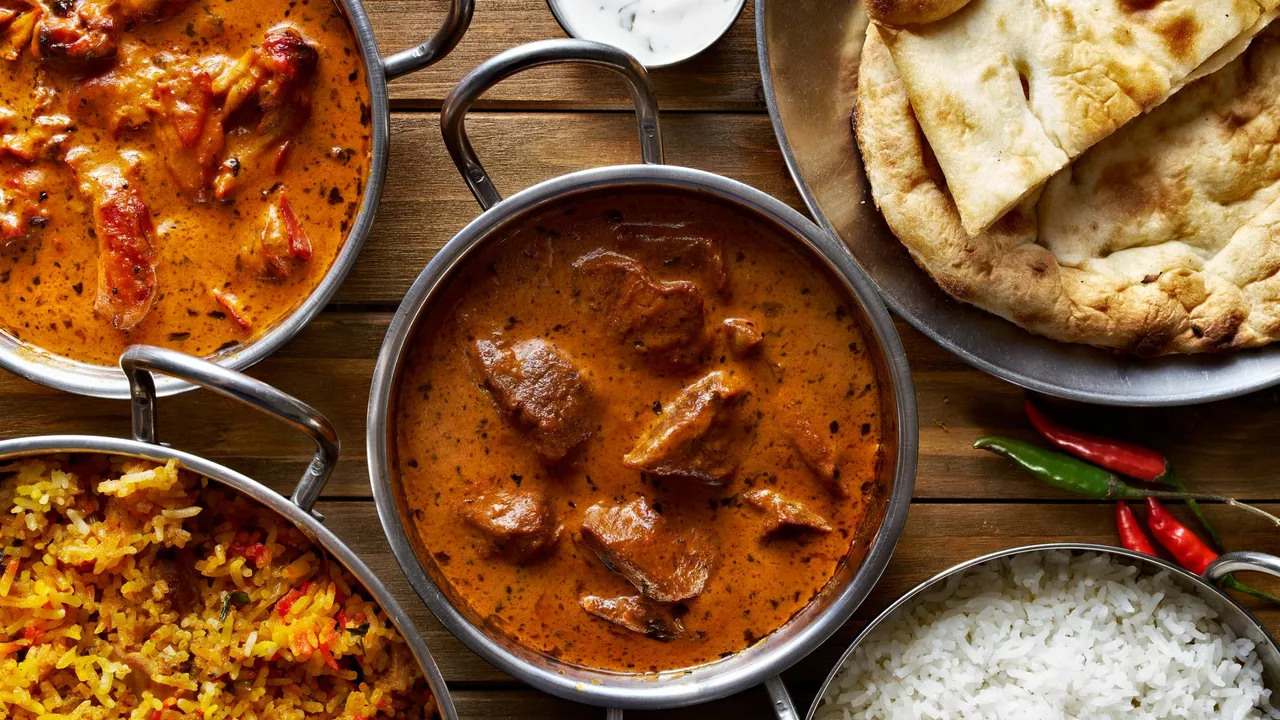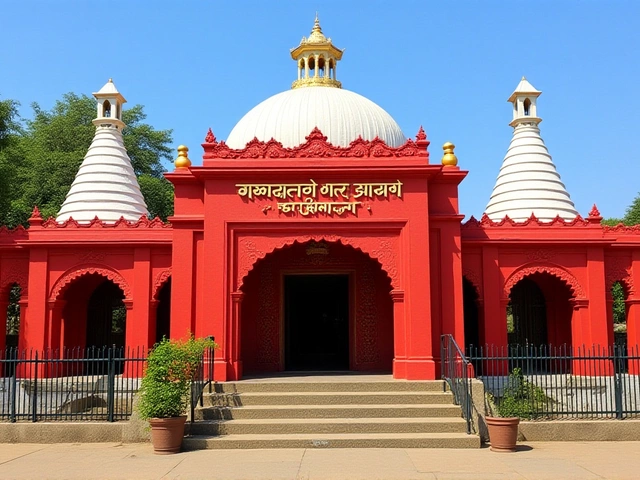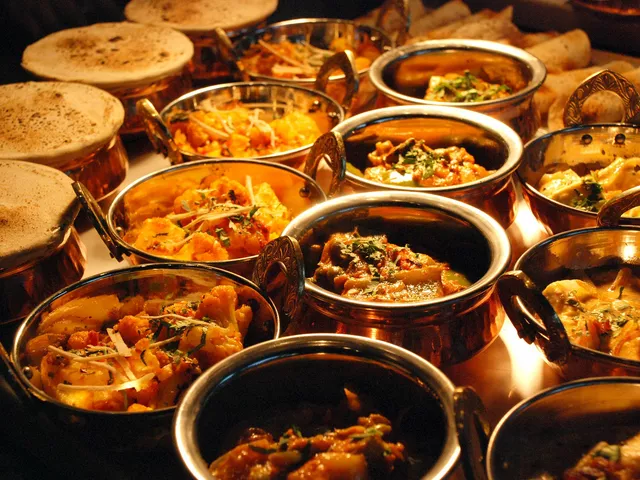Food Preferences: Understanding What Drives Our Choices
Ever wonder why some people swear by spicy curries while others stick to milder dishes? The answer lies in food preferences – a mix of taste, culture, health goals, and even mood. Knowing these factors helps you pick meals that satisfy you and fit your lifestyle.
Why Food Preferences Matter
First off, food preferences are not just about liking or disliking a flavor. They affect nutrition, budget, and social interactions. If you love protein‑rich meals, you’ll likely shop for meat, legumes, or dairy more often. If you’re a vegetarian, your pantry will look completely different. Understanding your own preferences lets you plan grocery trips that waste less money and reduce food waste.
Health is another big driver. Many folks choose low‑carb, keto, or vegan diets to address specific health concerns. Those choices shape daily menus, cooking methods, and even the restaurants they visit. When you know why someone eats a certain way, you can suggest alternatives that still meet their goals without forcing a complete overhaul.
Culture also plays a huge role. Indian families often pass down recipes that involve a specific blend of spices. Those traditional meals become comfort foods that people keep eating no matter where they live. Even when someone moves abroad, they’ll seek out those familiar flavors because they’re tied to memories.
Popular Food Preferences in India
India’s huge regional diversity means food preferences vary wildly. In the South, coconut and rice dominate; in the North, wheat‑based breads and dairy are staples. People in coastal areas tend to favor seafood, while those in the interiors stick to veggies and grains.
Spice tolerance is another big factor. Some love the heat of chilies, while others avoid them altogether. This split creates a market for mild‑flavored snacks and super‑spicy street foods side by side. Restaurants now often label dishes as “mild,” “medium,” or “hot” to cater to both groups.
Modern trends are also shaping preferences. Fitness‑focused diners are turning to high‑protein meals, like paneer tikka or grilled fish. Meanwhile, the rise of plant‑based eating has led to a surge in lentil‑based burgers, soy nuggets, and almond milk drinks. Even traditional sweet shops are offering sugar‑free or low‑calorie options to keep up.
If you’re planning a menu, think about these three layers: cultural background, health goals, and flavor tolerance. Start by asking simple questions – “Do you prefer rice or bread?” “Do you handle spicy food?” “Are you looking for low‑fat options?” The answers will guide you to dishes that feel personalized.
For businesses, tracking food preferences can boost sales. Data shows that 62% of Indian consumers are willing to try new dishes if they match their dietary goals. Offering a mix of classic recipes and health‑focused twists can attract a wider audience.
In daily life, being aware of your own preferences can prevent unhealthy binge‑eating. When cravings hit, ask yourself whether you’re after a flavor, a texture, or a comfort memory. Choose a snack that satisfies the real need – a crunchy roasted chickpea for texture, a warm bowl of dal for comfort, or a fresh fruit for a sweet fix.
Bottom line: food preferences are personal, yet they follow recognizable patterns. By listening to taste, cultural cues, and health aims, you can make smarter food choices and enjoy meals that truly suit you.
Which is the tastiest food in India?
In my foodie journey across India, it's almost impossible to pick just one dish as the tastiest. Every region has its unique and mouthwatering delicacies. However, if I had to choose, it would be the rich and flavorful Biryani, a mixed rice dish that truly captures the essence of Indian spices. My second favorite has to be the universally loved Butter Chicken, with its creamy, buttery gravy that goes perfectly with Naan. But let's not forget the sweet-tooth satisfier, Gulab Jamun, a dessert that melts in your mouth and leaves you craving more.






